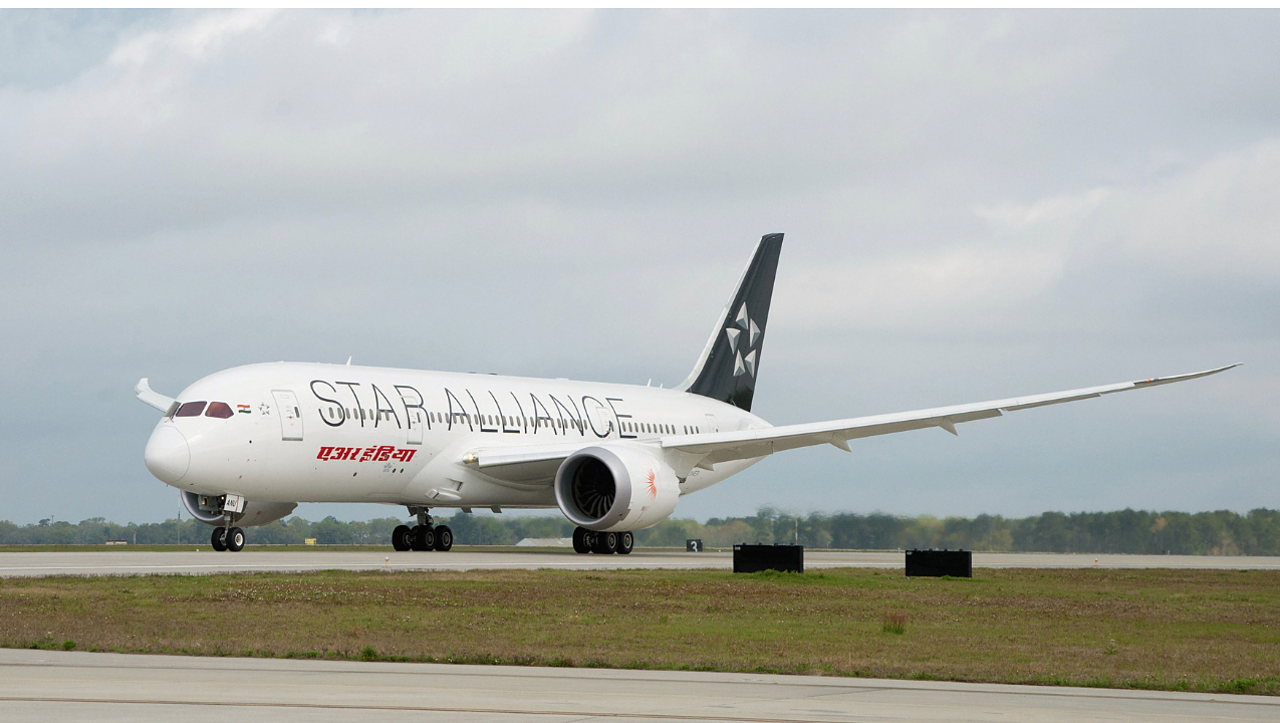
Increasing application of substrates to enhance durability and longevity of aircraft bodies using less amount of material drives the aerospace coatings market to surpass $2 billion between 2021-2031.
According to Fact MR, a global leader in market research and consulting, the aerospace coatings market is estimated to grow at 6% CAGR during the period.
In the report: Aerospace Coatings Market, Forecast, Trend, Analysis & Competition Tracking - Global Market Insights 2021 to 2031, the research firm presented an analysis of the aerospace coatings market, giving historical demand data (2016-2020) and forecast statistics for the period of 2021-2031.
The study reveals essential insights on the market based on application (commercial, military, and general aviation), end-use (MROs and OEMs), and resin (polyurethane, epoxy, and other resins), across seven major regions of the world (North America, Latin America, Europe, East Asia, South Asia, Oceania, and the Middle East & Africa).
The International Civil Aviation Organisation (ICAO) stated that the number of passengers travelling by air increased at 6.4% CAGR in 2018, accounting for nearly 4.3 billion people. In addition, the number rose to 4.5 billion in 2019. Hence, the demand for air services fueled aircraft manufacturers to focus on aircraft building, which will enhance the aerospace coatings market.
As per Stockholm International Peace Research Institute (SIPRI), global military spending in 2019 was over $2 trillion, which grew by 3.6% CAGR from 2018. This is primarily fueled by increasing fleet size in defence system, eventually leading to the demand for high-quality aerospace coatings to ensure greater longevity by developing durability of aircraft bodies to prevent corrosion, UV rays, and abrasion caused by frequent use, the report said.
According to Fact MR analyst, 'As national security concerns rise, key countries such as the United States, India, and China are immersing in strengthening existing military infrastructure, including aircraft components and body. This is driving demand for aerospace coatings globally.'
According to the report, the US will register increasing aerospace coating sales due to high defence spending.
China market is expected to grow steadily, reaching nearly $500 million by 2031, supported by the expansion of its domestic commercial aerospace industry. India, Australia, and South Korea will each contribute more than $ 300 million by 2031. Polyurethane aerospace coatings are expected to exceed $1 billion by 2031, at a CAGR of more than 6%. The demand for epoxy aerospace coatings is expected to rise at a rapid pace, at a CAGR of nearly 6% between now and 2031.
The key growth drivers include the emergence of low-cost airlines that increase the demand for air travel across emerging economies. Advanced aerospace coatings offer enhanced durability and abrasion resistance which are vital to ensure the longevity of the aircraft fleet. Rising government initiatives that strengthen the domestic aerospace industry will also boost the market growth, the report noted.
However, there are some constraints, including lack of skilled professionals and availability of low-cost materials.
However, the key players in the aerospace coatings market are focusing on expansion strategies, including new product launches, collaborations, and mergers & acquisitions.
Fact.MR report noted that in May 2021, BASF SE declared a collaboration with German aircraft carrier Lufthansa Group to equip its Boeing 777 freighters with its AeroSHARK surface film, which provides the fine structure of a shark's skin to reduce aerodynamic drag, which will be equipped starting 2022.
Similarly, in April 2020, Hohman Plating & Manufacturing introduced a new controlled environment facility for new aerospace adhesive primers manufacturing, which will be used on the Pratt & Whitney PurePower® PW1000G next-generation engine parts.
Courtesy: Fact MR. Photo is representatinal; Courtesy: Boeing.